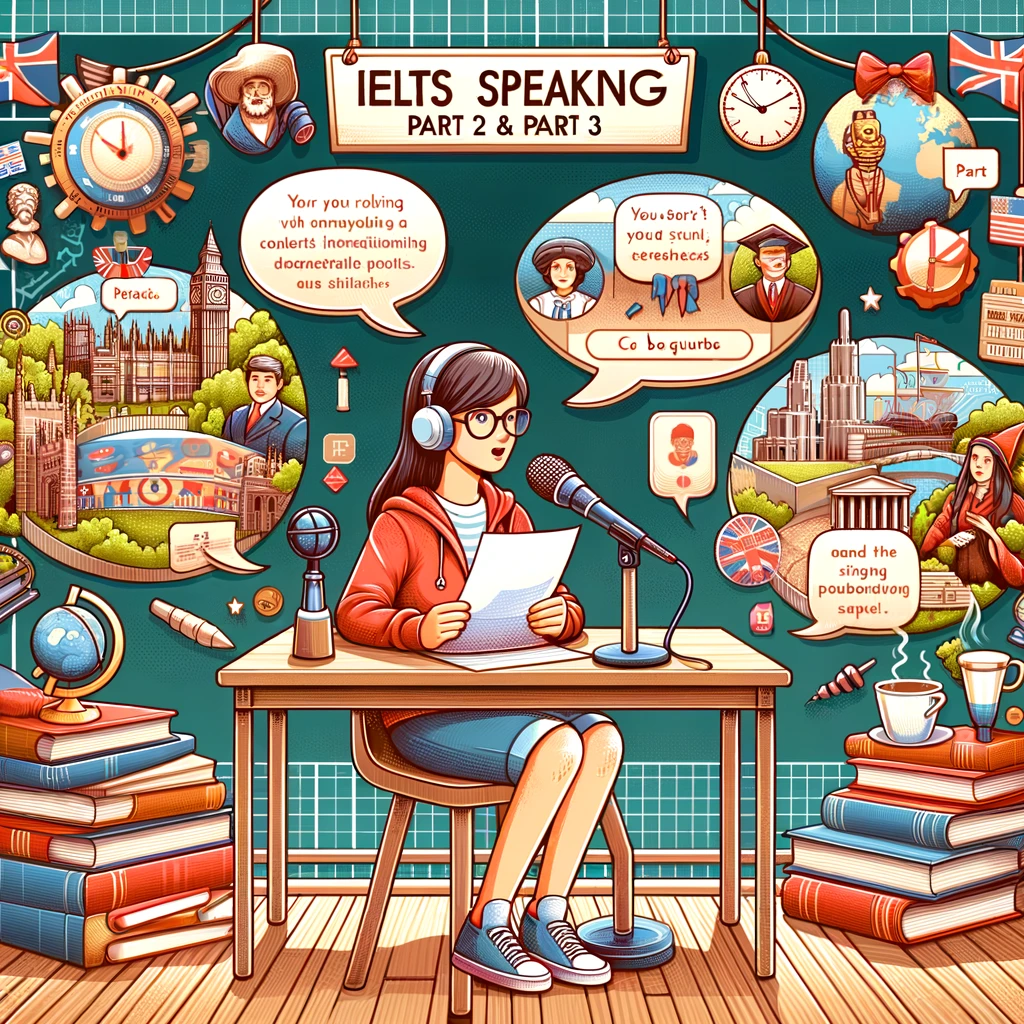Part 2
A place I would love to visit is Kyoto, Japan. Kyoto, known for its rich history, beautiful temples, and stunning gardens, is a city that embodies the essence of traditional Japanese culture. Located in the Kansai region of Japan, it was the capital of Japan for over a thousand years, and it remains a major cultural hub.
I want to visit Kyoto because it offers a unique blend of historical and natural beauty. The city is home to numerous UNESCO World Heritage sites, including temples, shrines, and palaces. I am particularly fascinated by the iconic Fushimi Inari Shrine with its thousands of vibrant red torii gates, the serene Kinkaku-ji (Golden Pavilion), and the breathtaking Arashiyama Bamboo Grove. Each of these places offers a glimpse into Japan’s rich cultural heritage and architectural splendor.
I have read extensively about Kyoto and watched numerous documentaries that highlight its cultural and historical significance. I know that Kyoto is famous for its traditional tea ceremonies, exquisite kaiseki cuisine, and beautiful cherry blossom (sakura) season. The city also hosts numerous festivals, such as Gion Matsuri, which is one of Japan’s most famous annual events. Additionally, Kyoto is known for its well-preserved wooden machiya houses and picturesque streets, which transport visitors back in time.
When I visit Kyoto, I would immerse myself in its cultural and historical treasures. I would start by exploring the famous temples and shrines, taking time to appreciate the intricate designs and tranquil surroundings. I would also participate in a traditional tea ceremony to experience the elegance and mindfulness that are integral to Japanese culture. Walking through the Arashiyama Bamboo Grove and enjoying a boat ride on the Hozu River would be on my itinerary as well. Furthermore, I would savor Kyoto’s culinary delights, from fresh sushi to delicate kaiseki meals, to fully appreciate the local cuisine.
I believe that visiting Kyoto would be a profoundly enriching experience. I imagine feeling a deep sense of awe and reverence as I stand before the ancient temples and walk through the historic streets. The beauty and tranquility of the city’s gardens and natural landscapes would likely bring a sense of peace and relaxation. Overall, I think the trip would be both intellectually and emotionally rewarding, offering a perfect blend of cultural immersion and personal reflection.
Part 3
1. Why do people like to travel to different places?
People enjoy traveling to different places for various reasons. Traveling provides an opportunity to experience new cultures, cuisines, and landscapes, which can be both exciting and educational. It allows individuals to break from their daily routines, relax, and rejuvenate. Additionally, travel often leads to personal growth as people navigate unfamiliar environments, meet new people, and gain new perspectives.
2. How can traveling to different places benefit a person?
Traveling can benefit a person in numerous ways. It broadens horizons and enhances cultural awareness, making individuals more open-minded and empathetic. Travel also provides opportunities for learning, whether through historical sites, museums, or local interactions. Additionally, it can improve mental health by reducing stress and providing a sense of adventure. Physical activities like hiking or exploring cities on foot can also contribute to better physical health.
3. Do you think it’s better to travel alone or with others? Why?
Whether it is better to travel alone or with others depends on personal preferences and the context of the trip. Traveling alone can offer a sense of freedom and self-discovery, allowing individuals to follow their own schedule and interests. It can also build confidence and independence. On the other hand, traveling with others can enhance the experience through shared memories and companionship. It provides opportunities for bonding and mutual support. Ultimately, both solo and group travel have their own unique advantages.
4. How has tourism changed in recent years?
Tourism has changed significantly in recent years, largely due to advancements in technology and changes in global travel trends. The rise of the internet and social media has made travel information and booking more accessible, leading to an increase in independent travel. Budget airlines and accommodation-sharing platforms like Airbnb have also made travel more affordable. Additionally, there has been a growing interest in sustainable and experiential travel, with tourists seeking authentic, eco-friendly experiences. The COVID-19 pandemic has also had a profound impact, highlighting the need for health and safety measures in the tourism industry.
5. What impact does tourism have on the environment?
Tourism can have both positive and negative impacts on the environment. On the positive side, it can raise awareness about conservation and generate funds for environmental protection. However, tourism can also lead to environmental degradation through pollution, overuse of natural resources, and habitat destruction. Popular tourist destinations often face issues like litter, damage to ecosystems, and increased carbon emissions from transportation. Sustainable tourism practices are essential to mitigate these negative impacts and ensure that tourism benefits both people and the planet.
6. Should governments regulate tourism? Why or why not?
Governments should regulate tourism to ensure that it is sustainable and beneficial for both local communities and the environment. Regulation can help manage the impact of tourism on natural and cultural resources, preventing over-tourism and ensuring that these resources are preserved for future generations. It can also ensure that tourism benefits local economies by promoting fair labor practices and supporting local businesses. Regulations can include measures like limiting visitor numbers to sensitive areas, promoting eco-friendly travel options, and implementing policies that protect cultural heritage sites. Proper regulation ensures that tourism contributes positively to sustainable development goals.
